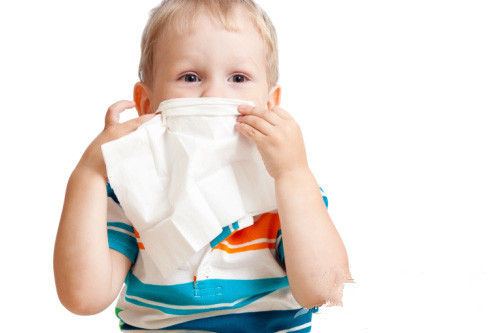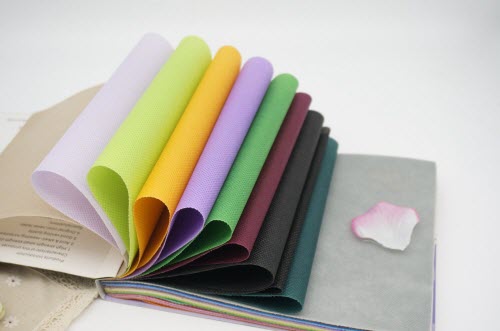Just the same as woven fabrics, the nonwovens are widely applied in a wide range of fields for manufacturing various types of consumer and industrial products such as facial mask, wet wipes, disposable slippers, disposable towels, medical packages, surgical gowns, industrial filtering fabrics, sanitary products and etc. Nonwoven is common in our life, however, do you know what are the properties of non woven fabrics? If you are interested in this topic, please continuing reading and you will get an answer.

What Are the Properties of Non Woven Fabrics?
1. Advantageous Properties of Non Woven Fabrics:
A. Lightweight: nonwovens are mainly manufactured from polypropylene resin, and its weight is only three-fifths of cotton's weight, so it's fluffy with a good hand feeling.
B. Soft: nonwovens are composed of fine fibers, and the finished product is soft and comfortable.
C. Water-repellent: polypropylene chips are non-absorbent. The water content is zero, and the finished product is water-repellent.
D. Air-permeable: it is made of 100% fiber and has good air permeability, easy to keep the fabric dry and easy to clean.
E. Non-toxic and non-irritant: the nonwoven fabric conforms to the FDA food grade raw material production, does not contain other chemical components, so it's stable, non-toxic, odorless and non-irritating. This property of non woven fabric makes it suitable for manufacturing various beauty products such as facial mask, makeup cotton, wet wipes and etc.
F. Antibacterial and anti-chemical agents: polypropylene is a chemically blunt substance which can isolate bacteria and insects presented in the liquid and prevent nonwovens from erosion. Besides, nonwovens are antibacterial and anti-corrosion that the finished products are water-repellent and not-moldy. The strength of finished products will not be affected due to erosion.
G. Good physical properties: nonwovens are directly formed by polypropylene spinning and heat-bonded. The strength of the nonwoven products is better than that of ordinary staple fiber products. The strength is non-directional and the strength in both vertical and horizontal directions is similar.
H. Eco-friendly: this property of non woven fabric makes nonwovens widely used in different fields in recent years when people pay more and more attention on environmental protection. As the chemical structure of polypropylene is not strong, so the molecular chain can be easily broken, which can be effectively degraded for entering the next environmental cycle in a non-toxic form.

2. Defective Properties of Nonwoven Fabrics:
A. Poor strength and durability when it is compared with woven fabrics.
B. It cannot be cleaned like other common cloths.
C. The fibers are arranged in a certain direction, so it is easy to split from a right angle. Therefore, improvements in production methods are mainly aimed at preventing the improvement of division.
Due to the advantageous properties of non woven fabric, now it has been applied in a wide range of fields such as in agriculture, industrial area, aerospace industry, construction and etc. To know more about its uses, please visit this article - Non Woven Fabric Uses and Applications in Different Fields.
![]()
